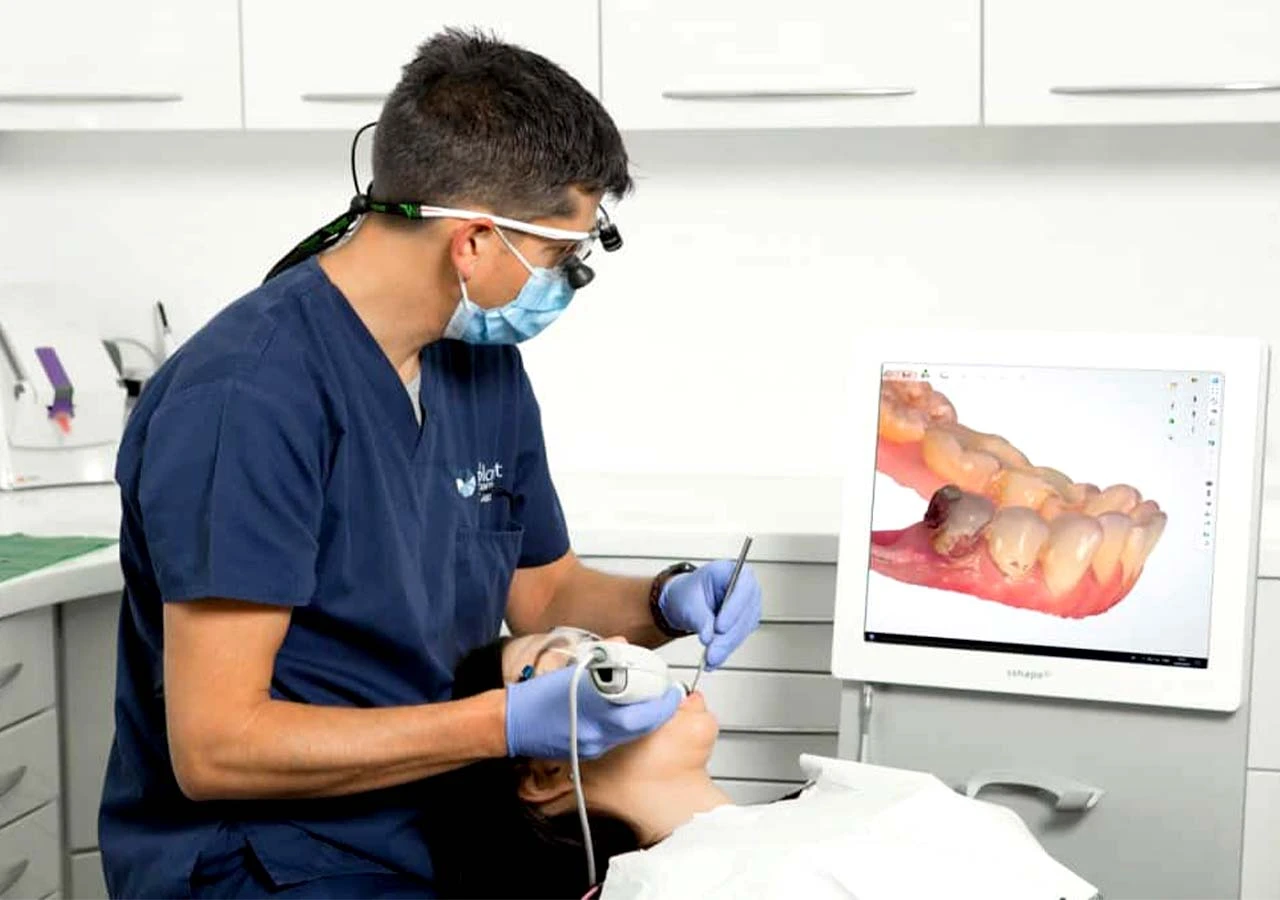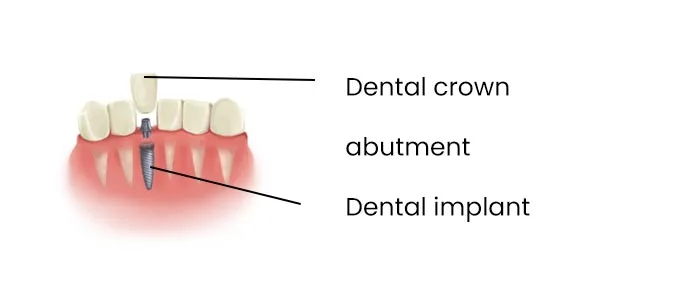Revolutionizing Dental Implantology: The Vital Role of Intraoral Scanners

In the rapidly advancing field of dentistry, digital technologies have revolutionized various aspects of patient care, particularly in implantology. Among these advancements, intraoral scanners stand out as indispensable tools that have significantly transformed the way dental professionals plan, execute, and assess dental implant procedures. This article delves into the crucial role of intraoral scanners in digital implantology, highlighting their benefits, applications, and impact on patient outcomes.
Introduction to Digital Implantology
Dental implantology involves the placement of artificial tooth roots into the jawbone to support dental prosthetics such as crowns, bridges, or dentures. Traditionally, this process relied heavily on manual measurements, impressions, and plaster models, leading to inaccuracies, prolonged treatment times, and patient discomfort. However, with the advent of digital technologies, particularly intraoral scanners, the landscape of implant dentistry has undergone a remarkable transformation.
The Evolution of Intraoral Scanners
Intraoral scanners are handheld devices equipped with advanced optical sensors that capture high-resolution images of the intraoral environment, including teeth, soft tissues, and adjacent structures. These scanners utilize principles of structured light, laser, or confocal microscopy to create detailed three-dimensional (3D) digital models of the oral cavity with unparalleled accuracy and precision.
Over the years, intraoral scanners have evolved significantly in terms of speed, accuracy, and ease of use. Modern scanners feature ergonomic designs, intuitive software interfaces, and enhanced scanning capabilities, making them indispensable tools for dental practitioners worldwide. Moreover, advancements in software algorithms have streamlined data processing, allowing for seamless integration with computer-aided design/computer-aided manufacturing (CAD/CAM) systems and virtual treatment planning software.
Benefits of Intraoral Scanners in Implant Dentistry
The adoption of intraoral scanners in implant dentistry offers a myriad of benefits for both dental professionals and patients:
Improved Accuracy: Intraoral scanners provide highly accurate 3D digital impressions of the oral anatomy, minimizing errors associated with traditional impression materials and techniques. This enhanced precision translates into better-fitting implant restorations and improved treatment outcomes.
Enhanced Patient Comfort: Unlike conventional impression trays that can cause discomfort and gag reflexes, intraoral scanners offer a non-invasive and comfortable scanning experience for patients. This promotes better compliance and satisfaction among individuals undergoing dental implant procedures.
Time Efficiency: Digital impressions obtained with intraoral scanners eliminate the need for physical impression materials, shipping, and manual model fabrication, thereby reducing chairside time and accelerating the overall treatment process. Dental professionals can streamline workflows, improve productivity, and accommodate more patients effectively.
Streamlined Communication: Intraoral scans can be easily shared with dental laboratories, specialists, and interdisciplinary team members via digital platforms, facilitating seamless communication and collaboration. This ensures that all stakeholders are aligned with the treatment plan and objectives, leading to coordinated care and optimal outcomes.
Predictable Treatment Planning: By incorporating intraoral scans into virtual treatment planning software, dental professionals can visualize the final prosthetic outcome, assess bone density and morphology, and simulate implant placement virtually. This enables more accurate preoperative assessments, enhances treatment predictability, and reduces the risk of complications during surgery.
Customization and Personalization: Intraoral scans allow for the creation of customized implant restorations tailored to each patient's unique oral anatomy, occlusal dynamics, and aesthetic preferences. Dental prosthetics can be digitally designed, modified, and fabricated to achieve optimal fit, form, and function, resulting in natural-looking and long-lasting results.
Applications of Intraoral Scanners in Implant Dentistry
The versatility of intraoral scanners extends beyond digital impressions, encompassing various applications in implant dentistry:
Implant Planning and Placement: Intraoral scans serve as the foundation for computer-guided implant planning and placement, enabling precise positioning of implants based on anatomical landmarks, bone quality, and prosthetic considerations. This minimally invasive approach enhances surgical accuracy, reduces the risk of complications, and promotes osseointegration.
Prosthetic Design and Fabrication: Intraoral scans facilitate the digital design and fabrication of implant-supported prosthetics, including crowns, bridges, and implant bars. CAD/CAM technology enables the creation of highly aesthetic and functional restorations with optimal marginal fit and occlusal harmony, enhancing patient satisfaction and longevity.
Orthodontic Integration: Intraoral scanners play a pivotal role in orthodontic treatment planning and monitoring, especially in cases involving implant-supported orthodontics. Digital impressions allow orthodontists to assess tooth movements, occlusal relationships, and space availability accurately, facilitating the integration of implants into comprehensive orthodontic treatment plans.
Periodontal Assessment: Intraoral scans can aid in the early detection and monitoring of periodontal diseases by providing detailed 3D images of the gingival tissues, attachment levels, and bone support around dental implants. This enables periodontists to evaluate periodontal health, plan appropriate interventions, and track treatment outcomes over time.
Conclusion
Intraoral scanners have emerged as indispensable tools in the realm of digital implantology, offering unprecedented accuracy, efficiency, and versatility in treatment planning and execution. By harnessing the power of digital technology, dental professionals can optimize patient care, enhance treatment outcomes, and elevate the standard of implant dentistry. As the field continues to evolve, the integration of intraoral scanners is poised to drive further innovations, shaping the future of dental implantology and improving oral health worldwide.
DOWNLOAD FREE E-BOOK
Kick start your Guided Surgery Practice.
 USA & Canada:
USA & Canada:
 UK:
UK:


Comments: